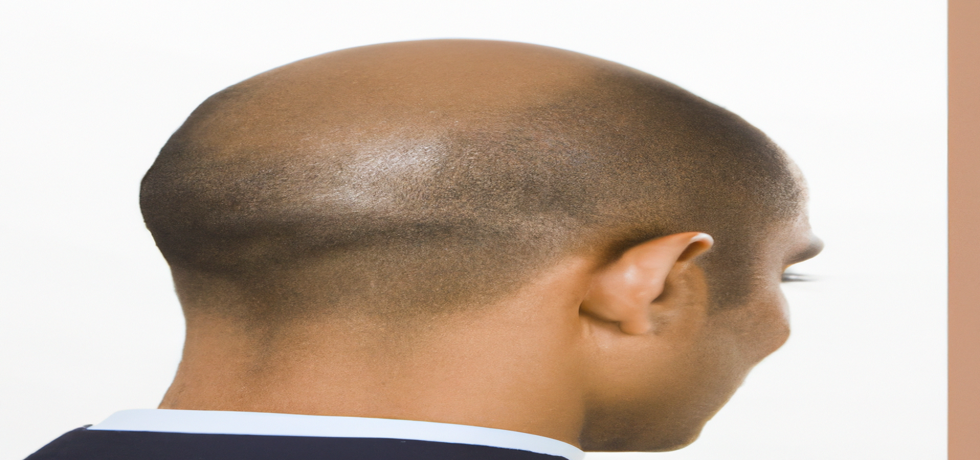
Understanding Hair Growth at the Donor Site
Introduction
Hair loss can be distressing for many individuals, and the search for effective hair restoration solutions often leads to the consideration of hair transplants. At The Skin Artistry, we help clients understand the entire process, including a common concern: what happens to the donor site after a hair transplant? This blog post delves into hair growth at the donor site to help you gain a clearer understanding of your options.
What is a Donor Site?
The donor site is an essential part of the hair transplant procedure where hair follicles are harvested to be transplanted into a balding or thinning area. Typically, healthy hair from the back or sides of the scalp is used because this hair is more resilient to the effects of hair loss. Understanding the significance of the donor site is crucial for anyone considering a hair transplant.
Follicular Unit Extraction (FUE) Method Explained
Follicular Unit Extraction (FUE) is a technique renowned for its efficiency and effectiveness. In this method, individual hair follicles are extracted from the donor site and implanted in the recipient area. This gentle approach ensures that the follicles remain intact and healthy, allowing for natural hair growth in the new area while maintaining the integrity of the donor site. The techniques employed play a pivotal role in determining how well hair grows back in the donor area.
Healing Process and Hair Growth Timeline
After the procedure, it is common for patients to experience some redness and swelling in the donor area. Over time, however, the donor site typically heals quickly. A healthy scalp usually begins to show signs of hair growth within a few months following the transplantation. The full regrowth can take up to 12 months, depending on individual healing rates and overall scalp health. Adhering to post-surgery care is essential for optimal results.
Do Hair Follicles Regrow in the Donor Site?
One of the most frequent queries from patients lies in the uncertainty of whether hair will grow back in the donor site after transplantation. The good news is that in most cases, hair follicles that have been extracted will indeed regrow in the donor area. The hair in this site is generally resistant to hair loss since it is not as vulnerable to androgen hormones. Therefore, the hair has a high chance of returning to its original density with proper care and recovery.
Importance of Post-Surgery Care
Following a hair transplant, keeping the scalp clean and protected plays a critical role in ensuring healthy hair growth at the donor site. Patients should follow the recovery guidelines provided by their surgeon, avoid excessive sun exposure, and maintain a healthy diet rich in nutrients. By focusing on proper scalp care, individuals can facilitate faster and better healing processes.
Conclusion
In summary, understanding hair growth at the donor site is essential for anyone considering a hair transplant. With advancements in techniques like FUE, patients can expect significant improvements in hair restoration. At The Skin Artistry, our expert team is dedicated to ensuring you receive the best care and guidance in your journey toward hair recovery. If you’re contemplating a hair transplant or have further questions, schedule a consultation with us today!
For professional assistance and expert advice from leading dermatologists like Dr. Hital Patel, experience the benefits of understanding hair growth at the donor site with Hair & Skin Specialist Dr. Hital Patel at The Skin Artistry. Our clinics in PDPU Gandhinagar, Vastrapur Ahmedabad, and Hyderabad (Visiting Consultant) offer top-quality care and personalized treatments. Visit us today to learn more about our services and take advantage of our special offers! For more insights, updates, or to collaborate, stay connected with The Skin Artistry.

